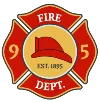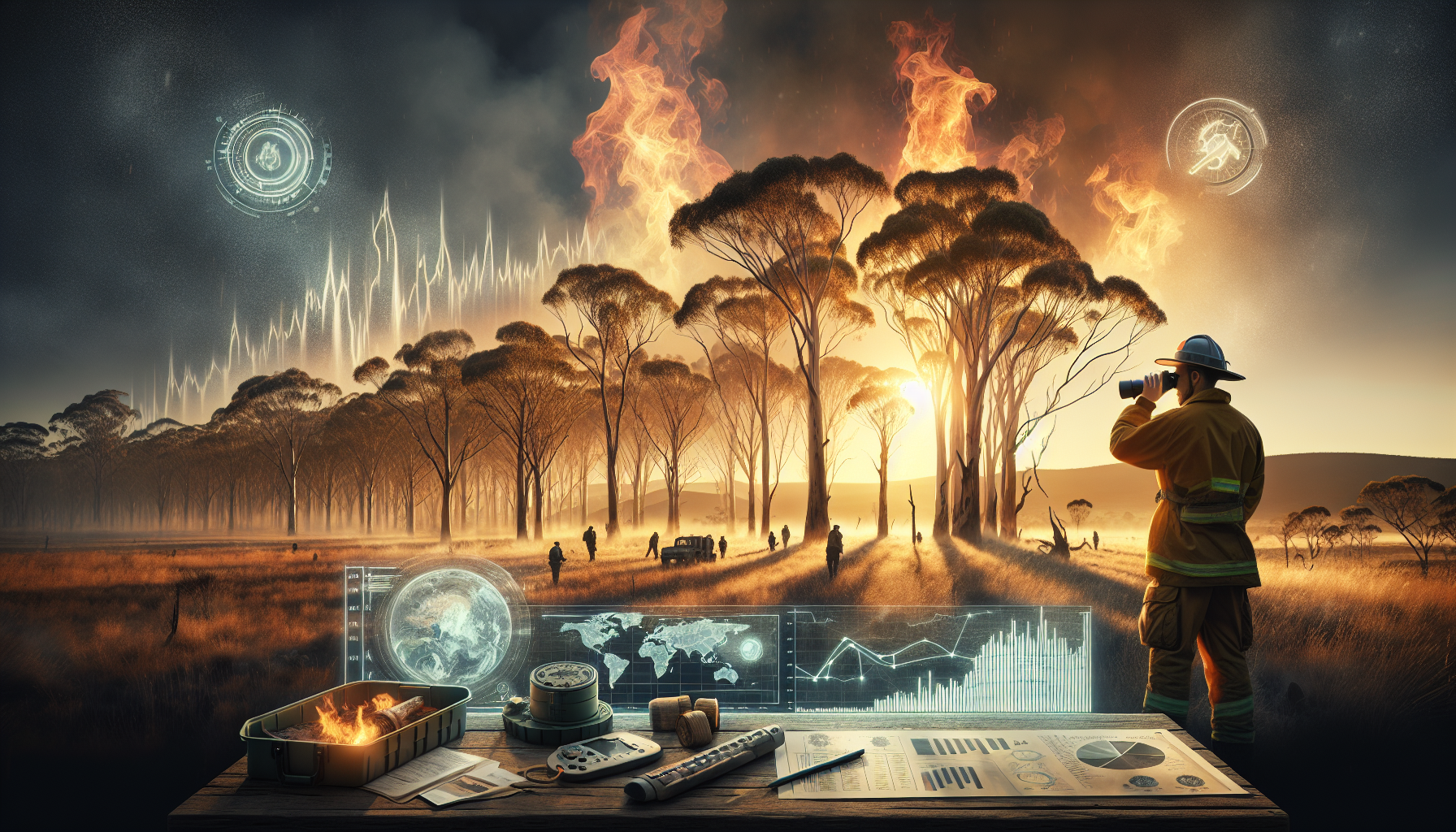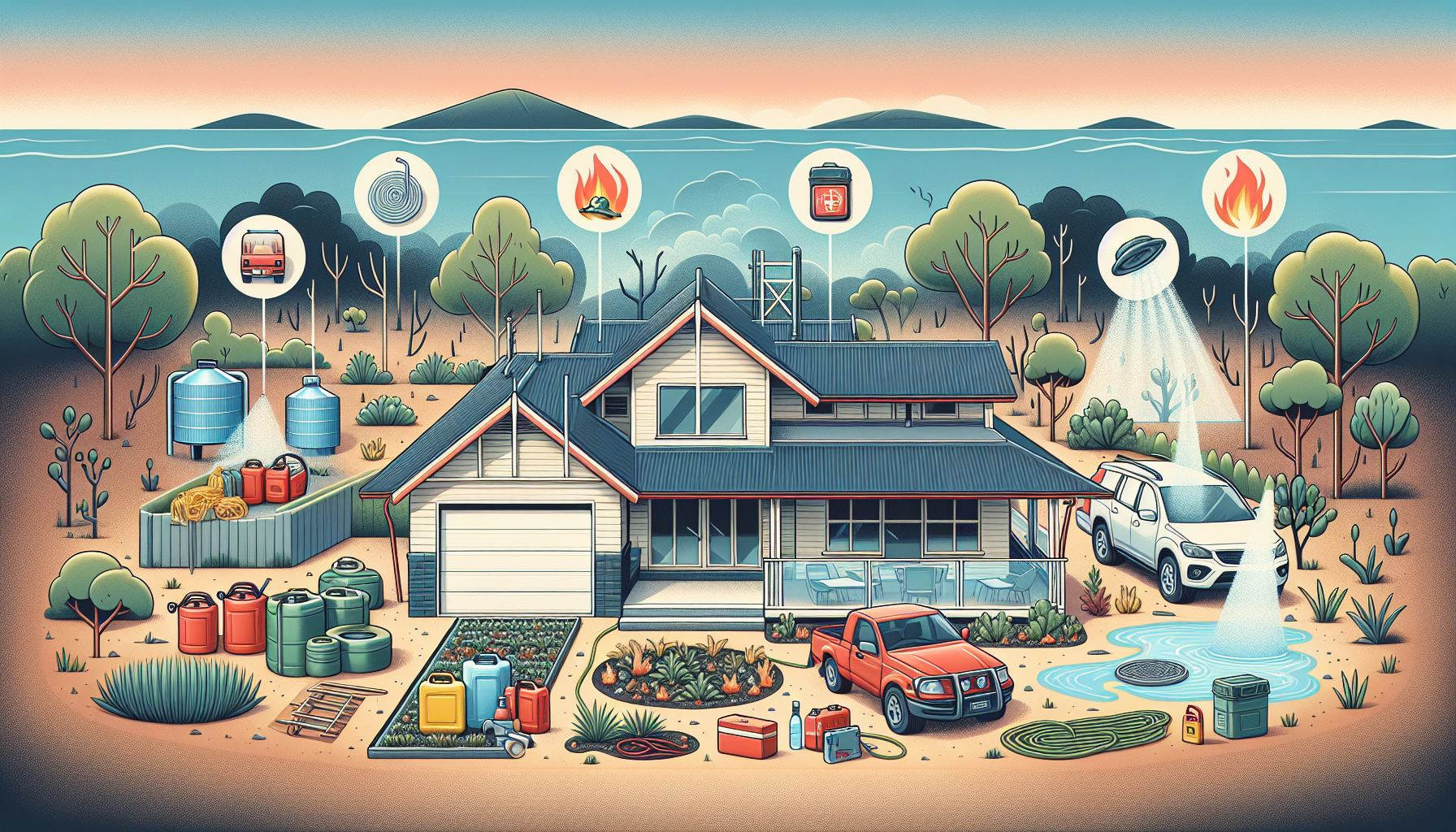Now Reading: How Climate Change is Fueling Bushfires in Australia
- 01
How Climate Change is Fueling Bushfires in Australia
How Climate Change is Fueling Bushfires in Australia

How Climate Change is Fueling Bushfires in Australia: What Firefighters and Fire Enthusiasts Need to Know
Australia takes fire very seriously. From having kangaroos jumping around to leading the world in extreme bushfires, it’s clear the “Land Down Under” knows all about fire. But behind these big fires, there are quiet but powerful problems: rising temperatures and changing weather patterns.
At Fire Rescue Classifieds, we focus on everything about firefighting. We realized it’s time to learn more about bushfires and climate change. So, get ready to learn and stay safe!
Fire in the Outback: Why Bushfires are a Big Deal
Australia’s bushfires are not just small fires; they are huge events important to the country. For thousands of years, fire has been shaping Australia. Indigenous Australians used planned burns, called “cultural burning,” to take care of the land.
But now, what used to be a natural process is becoming very dangerous because of things happening all over the world. Experts say that climate change is turning the normal ‘bushfire season’ into a year-long danger.
- In 2019-2020, the Black Summer fires burned over 18.6 million hectares of land (twice the size of Iceland). An estimated 3 billion animals were killed or lost their homes.
- Bushfire seasons are starting earlier and lasting longer.
- Fires are becoming hotter, faster, and more unpredictable than before.
So, what’s causing this? It’s not just Australia’s love for koalas.
Connect the Dots: How Climate Change Fans the Flames
If bushfires are like a drama, then climate change is the biggest problem. Scientists have found many ways that global warming is making fires worse. Let’s look at how:
Rising Temperatures Make Plants Easy to Burn
Think of Australia’s plants as a big pile of wood ready to burn. As global temperatures rise, heatwaves are getting longer and hotter.
Higher temperatures mean dry plants and trees, which are ready to catch fire. It’s like a cycle: climate change dries everything, creating more fuel for fires.
Drought and Dryness are Perfect for Fires
Australia often has dry periods, but climate change is making them much worse. The land is losing moisture, and rivers are drying up, making it harder to stop fires before they start.
Tip: You can’t fight fires with dry dirt!
Extreme Weather Makes Fires Worse
Imagine thunderstorms coming, but instead of rain, they bring lightning that starts a fire in a dry forest. What happens next? A giant fire that spreads quickly.
Climate change is not just heating things up; it’s messing with weather patterns. Stronger winds and more lightning make fires spread faster.
Adding Insult to Injury: What Makes Modern Bushfires Worse?
Climate change is a big problem, but it’s not the only one. Other human and natural factors are making the bushfires worse:
Fuel Buildup
Small, regular fires used to keep plants from piling up. Now, with fewer controlled burns, there’s a lot of dead wood and leaves. It’s like leaving candles burning everywhere—eventually, something will catch fire.
Cities Growing into Nature
As cities grow into natural areas, people live closer to fire-prone zones. This increases the risk for humans and firefighters trying to protect these areas.
Feedback Loops
Here’s the funny part: bushfires release a lot of CO2, which makes climate change worse, creating conditions for new bushfires. It’s like a bad movie that just keeps going.
The Fallout: What Bushfires Leave Behind
Bushfires don’t just burn forests or threaten homes; they affect the environment, people, and the economy in big ways.
Environmental Chaos
- Wildlife like koalas face extinction.
- Forests and wetlands take a long time to recover.
- Local forests that absorb carbon? Gone up in smoke.
Community Costs
- Homes and neighborhoods can disappear.
- People are often forced to leave their homes forever.
- Health problems like smoke inhalation kill more people than the fire itself.
Cultural Losses
Indigenous communities lose land and sacred sites. It’s a sad double loss.
Solutions: How to Tame the Blaze
There’s no magic fix for this problem, but there are steps to take. And yes, you can help too!
Reduce Carbon Emissions Worldwide
We need to fight climate change at its source. Supporting renewable energy and reducing our carbon footprint can help.
Controlled Burns are a Smart Idea
Working with Indigenous communities to do planned burns can help reduce the risk of large fires.
Build Smarter, Not Just Bigger
Using fire-resistant materials and planning cities better can make communities safer.
Invest in Better Firefighting Tech
Using drones for spotting fires early or investing in new fire-fighting technology is important.
Conclusion: We’re All in This Together
Australia’s bushfires remind us that nature is unpredictable. While fire is natural, the fires we see today are not. Climate change is adding to the fires, and what we do now will decide if we can control them.
Tackling climate change isn’t a job for just one person or group. Everyone needs to help—by reducing their carbon footprint or helping local firefighters. Sound good? Great. Let’s turn our actions into big changes.
Stay safe, stay smart, and remember—we can (literally) fight fire with knowledge.
Got fire stories or tips to share? Comment below or connect with us at Fire Rescue Classifieds. Let’s keep the conversation going without burning the planet. 🔥





























